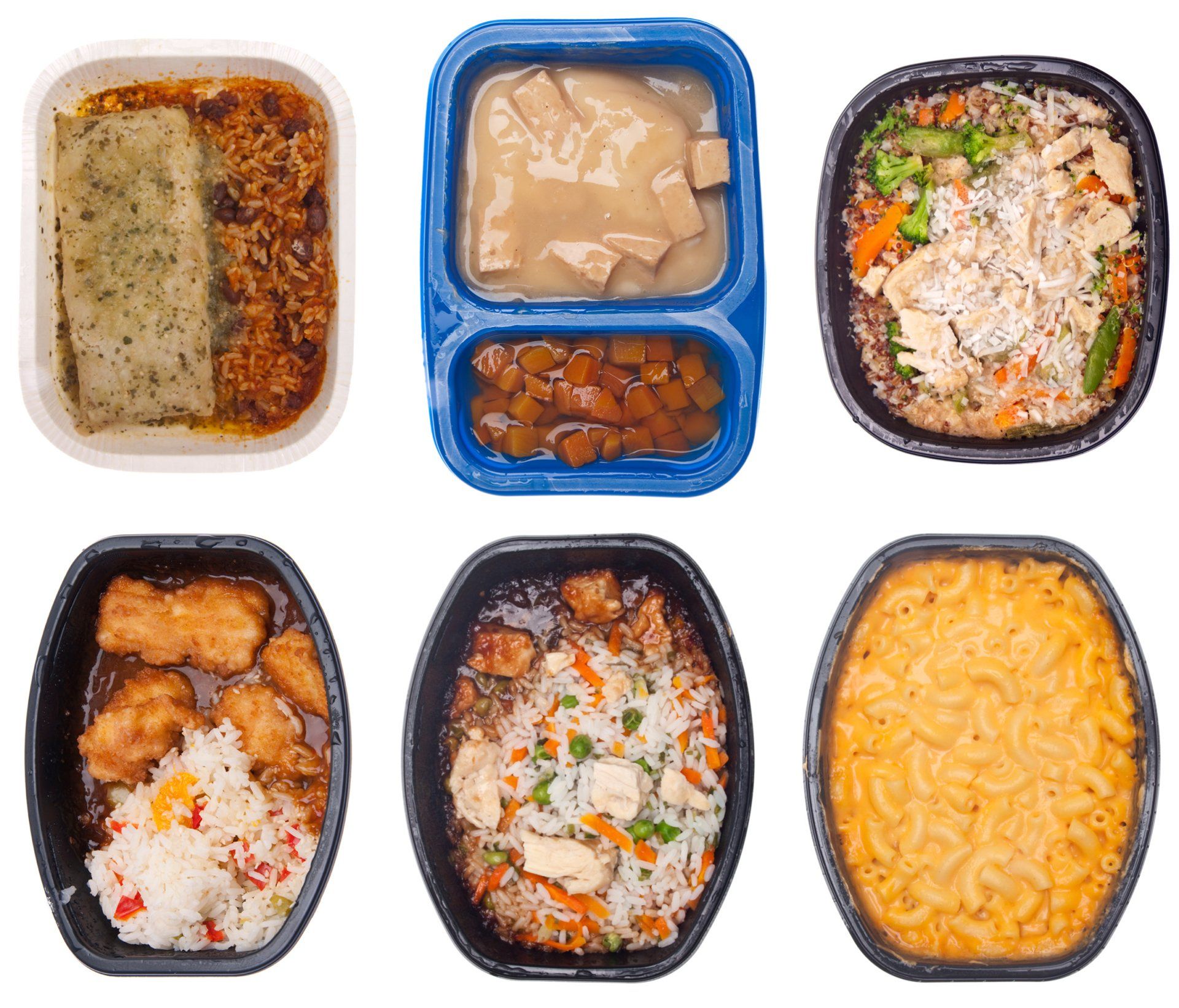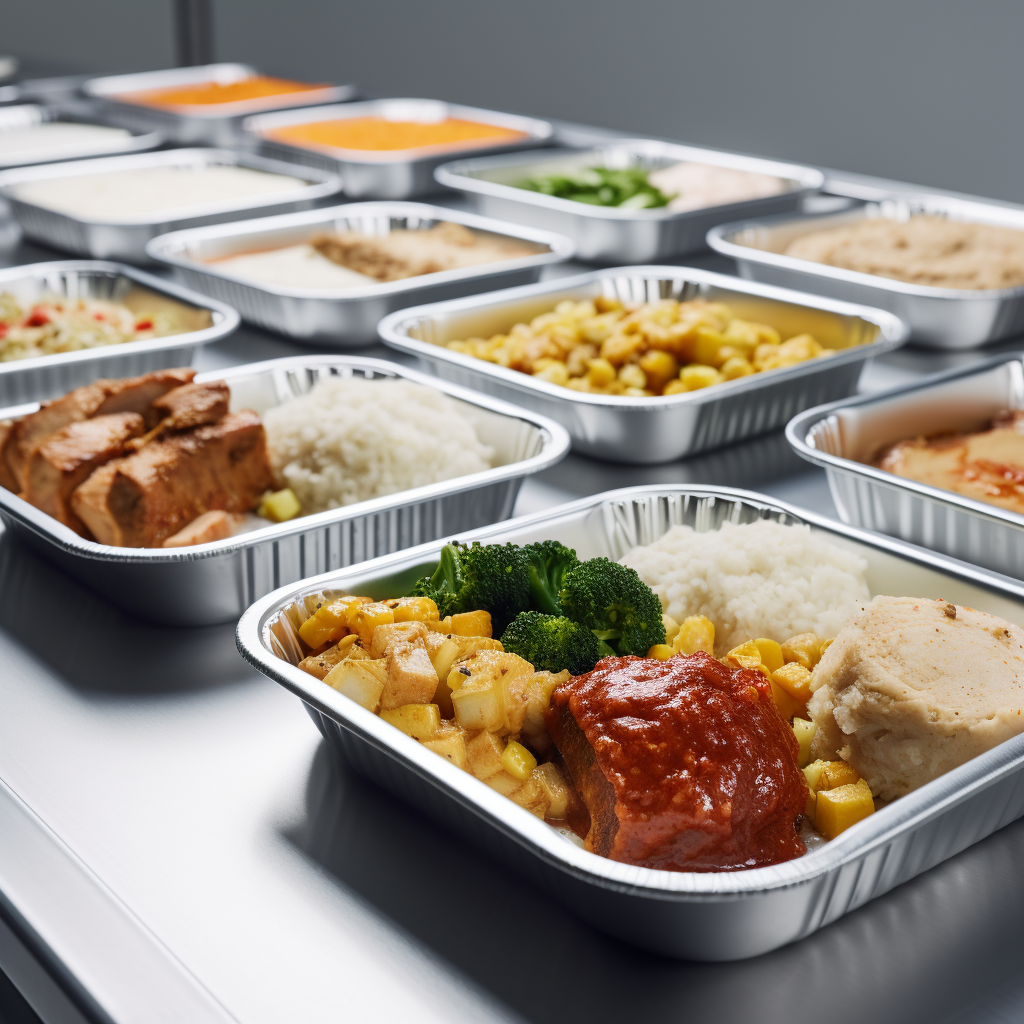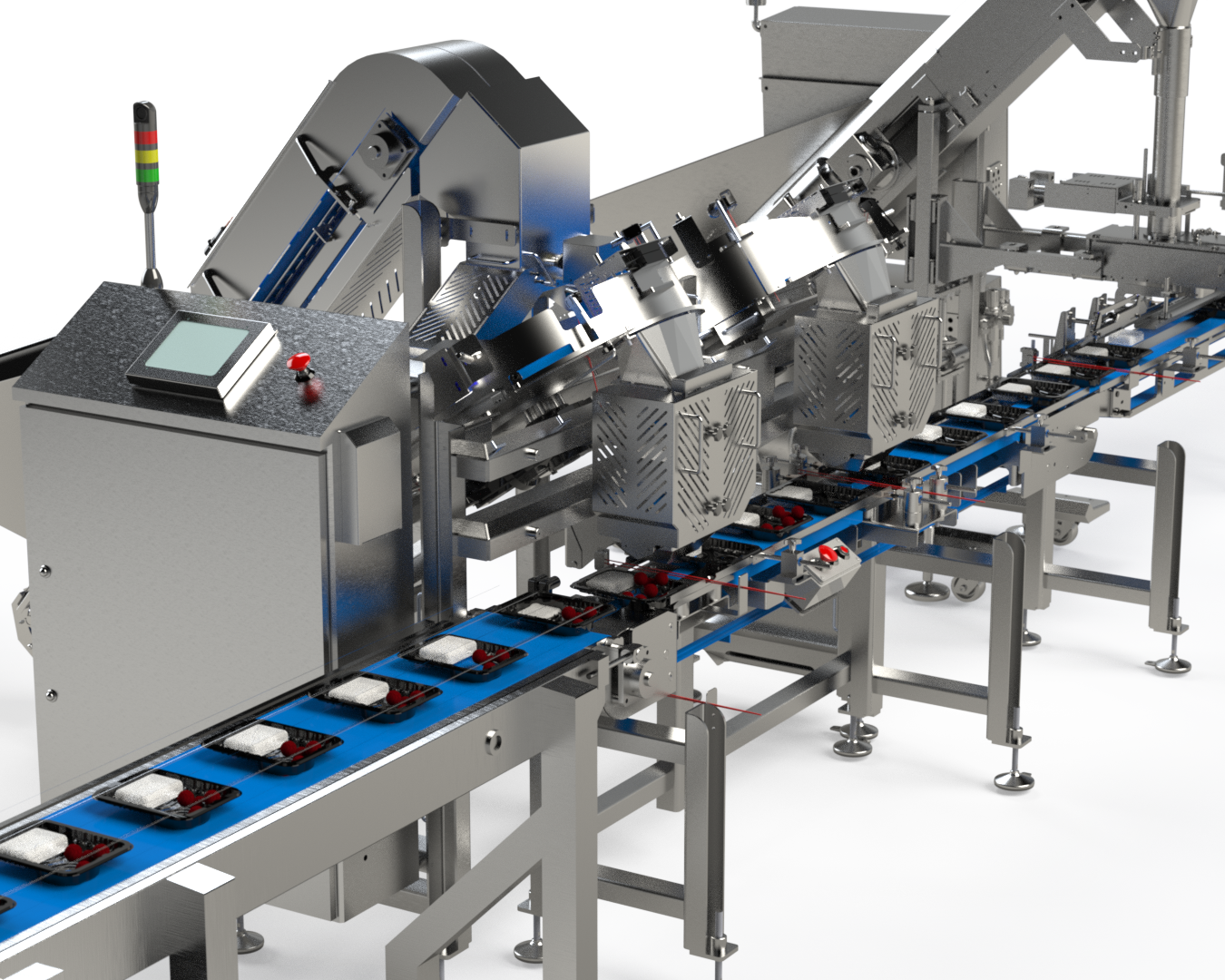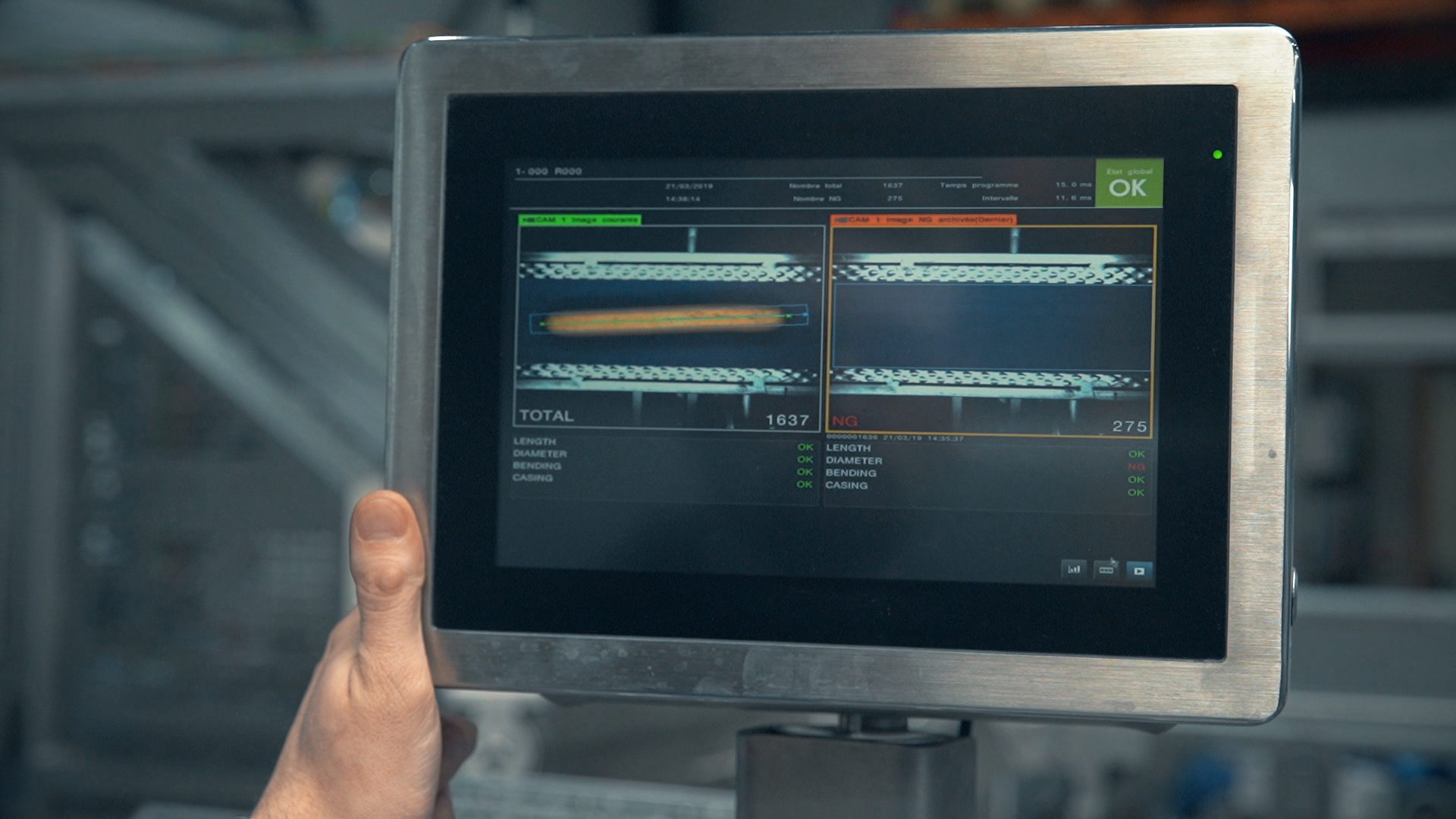Michael Naylor • November 14, 2019
Filling Solutions : Key Considerations for Food Filling Systems
Learn How to Choose from Different Types of Filling Machines

One of the most critical aspects of the processed foods industry is the filling solutions and packaging of the items you produce. The right food filling system will minimize product loss and packaging inconsistencies, and help you remain compliant with applicable health and safety standards.
However, with the availability of hundreds of different types of food filling machines, how will you choose the one that is best suited for your products and factory setup?
Types of Food Filling Systems
Thanks to emerging technologies and advancement in robotics, food filling systems continue to evolve. Here’s a look at just a few types of filling machines that may be applicable to your products:
- Flow Filling Machines: For liquids, oils, beverages, or other thin food products.
- Volumetric Filling Machines: With auger dosers for dry powdery mixes, such as flour, sugar, and cup dosers for products, such as rice or nuts.
- Tablet Filling Machines: For products, such as candies that you may sell by number of pieces, instead of weight.
- Pump Filling Machines: Positive displacement or high-pressure filling mechanism for filling containers with a specific weight or volume. Ideal for heavy, gel-like or semi-liquid substances.
Top 5 Criteria for Selecting Food Filling Systems
Whether it is chunky salsas, runny vinaigrettes, dense sauces, delicate cut fruits, dry trail mixes, shredded meat, or some other processed food, the particulate content of each item is different. If you produce multiple types of food items, you may want to maximize your investment by installing a filling system that handles more than one type of product.
While you choose from an extensive range of batch feeding systems, volumetric fillers, scale fillers and more, here are some aspects to keep in mind:
- Ease of Sanitation: One cannot stress enough, the importance of cleanliness in the food processing industry. Check whether the filling machine is made from sanitary materials, such as 316 stainless steel, or food grade polymers. Additionally, evaluate the speed and ease with which you can remove and reinstall machine components for cleaning between the operating shifts.
- Temperature Requirements: Certain filling machines require high temperatures during the filling process, or while maintaining sterility between operational shifts. However, the bulk density and viscosity of your food items could change with varying temperatures. Ensure that the filling system is compatible with the items you produce.
- Regulatory Compliance: The filling machine’s temperature requirements could play a role in its construct, materials, and components, which in turn could impact the quality or integrity of your products. Check whether the materials and design of the machine components are in line with the regulatory requirements or norms applicable to your industry.
- Anti-Corrosion Properties: For most types of filling machines, you need to wash down the components with detergents or caustic chemicals. Evaluate whether the machine’s sensory and electrical system design is suitably watertight, and resistant to corrosion.
- Customization Capability: Installing a filling machine with minimum disruption to your existing production line would mean customizing the machines based on your actual operating requirements. Review the flexibility and customization capability of the food filling system that you shortlist.
Enhance Your Line Efficiency with Multi-Fill’s Food Filling Systems
At Multi-Fill, we pride ourselves on our unique volumetric filling machines and batch feed systems
that can fill a number of products into any container, including trays, plates, cups, cartons, jars, pouches, cans and boxes. Here are a few highlights of our machines:
- Innovative design and smart features for dispensing clean, accurate portions of a wide variety of difficult-to-fill products.
- Capability to fill up to 120 cpm, depending on the container and conveyer configuration.
- Compatibility with a wide range of container systems, including continuous or intermittent motion, single or multi-lane containers, and vertical or horizontal bagging machines.
- Fast and easy cleaning with minimal moving parts, user-friendly disassembly, and quick belt release.
- Compliance with manufacturing standards stated by all major regulatory bodies, such as ANSI, FDA, USDA and CE.
As a recognized leader in food filling solutions, we serve a wide range of clients in the food processing industry, for products, such as pastas, cooked rice, cut vegetables, whole grains, meats, prepared salads, and pet foods.
Enhance the accuracy and efficiency of your food filling processes with world-class solutions from Multi-Fill. To explore our complete range of products, call 801-280-1570 or contact us online.
Designing a food filling line: Product is king

By Michael Naylor
•
January 12, 2024
Food packaging plays a vital role in ensuring the safety and quality of the food we consume. To maintain high standards and prevent foodborne illnesses, the food packaging industry follows a set of regulations known as Current Good Manufacturing Practices (cGMP). In this article, we will delve into cGMP and explore its impact on preventing foodborne illness. We will also take an inside look at how cGMP is implemented on a food factory line, the role of food filling equipment in ensuring compliance, and discuss the future of cGMP in food packaging for strengthening food safety.

By Michael Naylor
•
January 12, 2024
Current Good Manufacturing Practices Food safety is of utmost importance in the food industry, and several systems work together to prevent foodborne illnesses. This article explores the harmonization of Current Good Manufacturing Practices (cGMP), Hazard Analysis and Critical Control Points (HACCP), and Hazard Analysis and Risk-based Preventive Controls (HARPC) in ensuring food line safety. We will delve into the synergy between these systems, the role of critical control points, and their practical application in both automatic and manual counting devices. Additionally, we will discuss how cGMP, HACCP, and HARPC optimize automatic filling machines for enhanced food safety. This is the second in a series of articles on cGMP. Read the others here: Harnessing the Power of cGMP in Preventing Foodborne Illness: A Deep Dive into Food Line Safety Measures Delving into cGMP: Its Crucial Role in Food Packaging and Safety Decoding HARPC: Its Role in Foodborne Illness Prevention and the Importance of Critical Control Points

By Michael Naylor
•
January 12, 2024
In this article, we explore the crucial role of Current Good Manufacturing Practices (cGMP) in ensuring food safety and preventing foodborne illnesses. We'll delve into the significance of hazard analysis and critical control points (HACCP) and how they contribute to mitigating risks. Additionally, we'll discuss the role of Hazard Analysis and Risk-based Preventative Controls (HARPC) in enhancing food safety measures. This is the first in a series of articles on Good Manufacturing Processes in Food Processing. In this article: Understanding the Importance of cGMP in Food Packaging How Hazard Analysis and Critical Control Points (HACCP) Prevent Foodborne Illness The Role of Hazard Analysis and Risk-based Preventative Controls (HARPC) in Food Safety Critical Control Points in Food Packaging The Intersection of cGMP, HACCP, and HARPC in Food Safety
Stay in Touch
Product news, tips, subscribe to our newsletter:
Contact Us
Thank you for contacting us.
We will get back to you as soon as possible.
We will get back to you as soon as possible.
Oops, there was an error sending your message.
Please try again later.
Please try again later.














